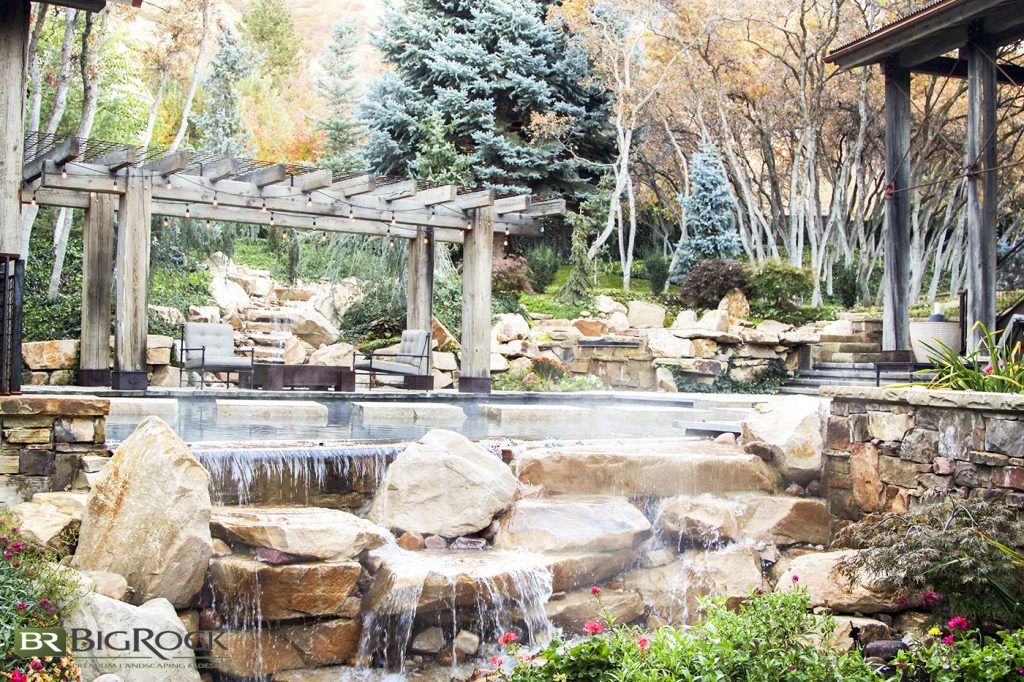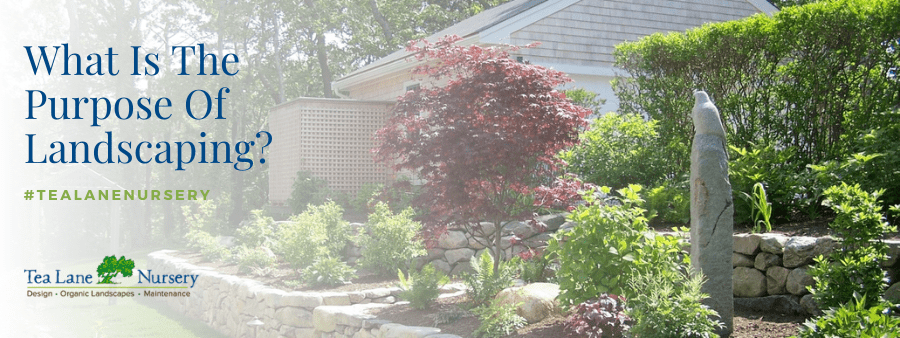Getting My Hilton Head Landscapes To Work
Getting My Hilton Head Landscapes To Work
Blog Article
What Does Hilton Head Landscapes Do?
Table of ContentsAn Unbiased View of Hilton Head LandscapesThe 3-Minute Rule for Hilton Head LandscapesNot known Details About Hilton Head Landscapes All About Hilton Head LandscapesThe Best Strategy To Use For Hilton Head LandscapesSome Known Facts About Hilton Head Landscapes.Hilton Head Landscapes Fundamentals Explained
Line develops all forms and patterns and can be utilized in a range of methods the landscape. Line in the landscape is produced by the side between two materials, the outline or silhouette of a form, or a long straight attribute. Lines are a powerful device for the designer because they can be used to produce an unlimited variety of shapes and kinds, and they manage movement of the eye and the body.

Lines can have one or even more qualities, such as those defined listed below, however they typically offer various purposes. Figure 1. Lines in the landscape - landscaping hilton head sc. The residential or commercial properties of lines establish how individuals react to the landscape, both emotionally and physically. Straight lines are architectural and forceful; they develop a formal character, are generally connected with an in proportion style, and lead the eye directly to a prime focus.
How Hilton Head Landscapes can Save You Time, Stress, and Money.
Bent lines produce an informal, all-natural, kicked back character that is associated more with nature and unbalanced balance. Bent lines relocate the eye at a slower speed and add enigma to the area by producing covert views.
Upright lines in the landscape consist of high, narrow plant material, such as trees, or tall frameworks, such as an arbor or a bird residence on a post. Straight lines relocate the eye along the ground airplane and can make a space feel bigger. Low lines are more suppressed and produce a feeling of remainder or repose.
How Hilton Head Landscapes can Save You Time, Stress, and Money.
Low lines are created by low garden walls, sidewalks, and short bushes. Lines are made use of to attract forms on a plan. In strategy sight, they specify plant beds and hardscape locations. Lines are additionally created by the vertical kinds of developed functions and plant product. There are 3 primary line types that develop type in the landscape: bedlines, hardscape lines, and plant lines.
Bedlines attach plant product to your house and hardscape since the eye follows the line, moving the look via the landscape. Hardscape lines are produced by the side of the hardscape, which delineates the developed structure. Line can also be created by long and slim materials, such as a fencing or wall surface.
The Definitive Guide for Hilton Head Landscapes
Kind is found in both hardscape and plants, and it is commonly the dominant visual aspect that spatially arranges the landscape and frequently identifies the design of the garden. The type of frameworks, plant beds, and garden ornaments additionally establishes the total type motif of the garden. Official, geometric kinds include circles, squares, and polygons.
Plants produce type in the yard via their lays out or silhouettes, yet type can likewise be defined by link a gap or negative space between plants - hilton head landscapers (https://pastebin.com/u/h1tnhdlndscps). Circles can be cycles, or they can be split into fifty percent circles or circle sectors and integrated with lines to create arcs and tangents
The Ultimate Guide To Hilton Head Landscapes
Circles are a solid layout type since the eye is always drawn to the center, which can be used to emphasize a focal factor or connect other forms. Circular forms in hardscape and grass panels.
The square form can also be fractional and used consistently to produce a grid pattern. Unlike circles, squares are more powerful on the edges, which can be aligned or overlapped to develop special patterns and more complicated kinds. Polygons are many-sided kinds with straight sides. Triangles, as an example, are three-sided polygons.
Twisting lines frequently mimic the natural program of rivers or streams and can be defined as smooth lines with deeply bent undulations. Meandering lines (Figure 3) work well for pathways, plant bedlines, and dry stream beds. Meandering lines can include rate of interest and enigma to a garden by leading viewers around corners to find new views and spaces.
Hilton Head Landscapes Fundamentals Explained

Number 5. Fragmented edges: stepping stones in path. Kind is the most long-lasting top quality of a plant (Landscapers near me). https://hilton-head-landscapes.webflow.io. Usual plant types are well established and standardized, as form is the most consistent and recognizable attribute of plants. Type can additionally be produced through the massing of plants, where the total mass creates a different type than a private plant.
A very contrasting kind should be made use of with careone or 2 work well as a centerpiece, but a lot of wreak havoc. Natural plant forms, rather than over-trimmed types, ought to develop the bulk of the structure. The importance of general form is a lot more or much less depending on the viewing perspectivethe type of a tree can appear rather different to a person standing under the canopy versus seeing the tree from a distance in an open field.
Some Ideas on Hilton Head Landscapes You Need To Know
Plant types also create and specify the gap or open rooms in between the plants, developing either convex or concave types in deep spaces. High-arching tree branches generally create a concave open space under the branches, and a rounded canopy with low branches fills the room to produce a convex type outdoors area under the tree.

Report this page